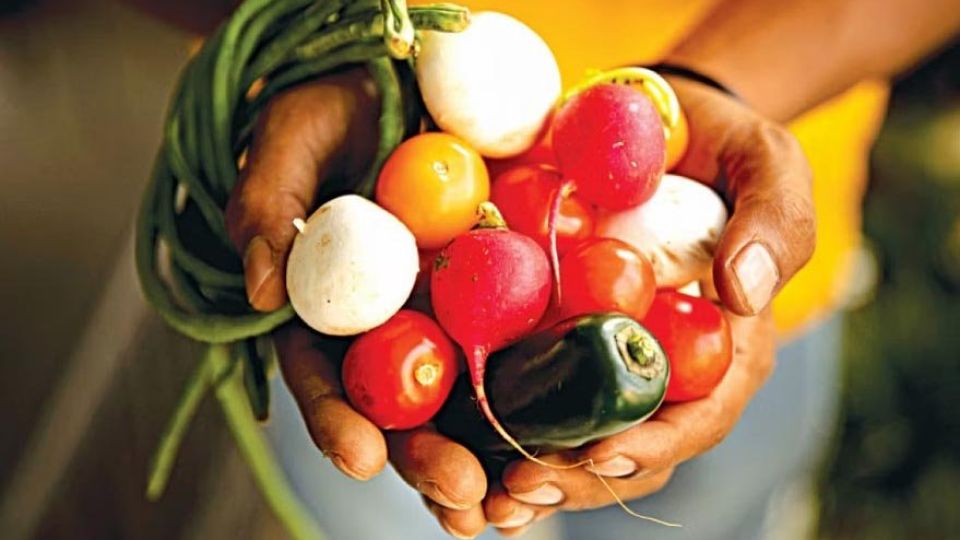February 23, 2023
DHAKA – With the soaring inflation rate in recent times, the importance of effective public food distribution cannot be emphasised enough. While already recovering from pandemic-incurred losses, it is proving difficult for people at the lower end of the distribution chain to cope with the price hikes without adequate support from the government. However, the recent statistics from public food distribution appear to be not addressing this inflationary pressure.
According to the latest data of Bangladesh Bureau of Statistics (BBS), despite showing a slight decline, food inflation (from the base of 2005-06) is recorded at 7.76 percent, with the rate in rural areas being 7.92 percent and that in the urban areas being 7.41 percent. If we take into account people’s income growth, we can observe that their real earnings, based on these two indicators, are in fact exhibiting a declining trend. For example, point-to-point growth of the wage index (with 2010-11 being the base year) across several months was less than that of the consumer price index. The average increase in the price levels for January-October 2022 was 7.45 percent, whereas the average growth of the wage index for the same period was 6.44 percent (rebased for the year 2010-11).
Against this backdrop, we can also observe a downward trend of the public food distribution system (PFDS). Between July 2022 and February 9, 2023, around 1.62 million metric tons of rice and wheat was distributed under the PFDS, while the amount was 1.72 million metric tons between July 2021 and February 3, 2022 – as per food ministry data. The decline is linked to the steep fall in the distribution of wheat (from 400,000 metric tons to 290,000 metric tons during the corresponding time periods) with a moderate decline in rice distribution (from 1.62 million metric tons to 1.33 million metric tons). As for rice, 197,000 metric tons were distributed under the Vulnerable Group Development (VGD) programme, 133,000 metric tons under the Vulnerable Group Feeding (VGF) programme, and 27,000 metric tons under the food for work programme. On the other hand, within the wheat distribution scheme, the corresponding amounts were 46 metric tons, 262 metric tons, and 40,000 metric tons, respectively. The overall fall in wheat distribution can be linked to the supply disruption caused by the Russia-Ukraine war. In such cases, however, it would be expected that the distribution of rice would be raised to compensate for this decline in wheat stock.
It is worth noting that, despite a relative decline in the overall price level in the last few months, on February 16, 2023, the retail price per kilogramme of coarse rice was as high as Tk 50, and the price of wheat flour ranged between Tk 58 and Tk 60. The importance of expanding PFDS is, therefore, obvious.
Despite a relative decline in the overall price level in the last few months, on February 16, 2023, the retail price per kilogramme of coarse rice was as high as Tk 50, and the price of wheat flour ranged between Tk 58 and Tk 60. The importance of expanding PFDS is, therefore, obvious.
However, despite there being sufficient stock of rice, this is not reflected in the distribution process. According to data from the food ministry, till February 15, 2023, the total public stock of cereals (comprising rice, wheat, and paddy) amounted to around two million metric tons, with the stock of wheat amounting to 390,000 metric tons, that of rice being 1.63 million metric tons, and paddy amounting to 3,000 metric tons. It is crucial that the government utilises its stock of cereals, especially that of rice, under its food distribution system.
There is no denying that, against the backdrop of the adjustments made to accommodate post-Covid recovery, the steep rise in the prices of commodities have put people with fixed incomes under immense pressure. The PFDS can therefore act as a crucial tool for providing support not only to the poor and the vulnerable, but also to middle-income people with fixed earnings.
The authorities must expand the distribution system to reach those at the bottom of the distribution chain, while also ensuring transparency in the system. Stricter monitoring is needed at different stages of distribution, and inefficiencies at the administrative and distributional levels must be dealt with seriously. The total budgetary allocation for the safety net programme is also inadequate; raising that budget will be the first step towards ensuring food security.
One important consideration in this regard would be to expand the PFDS in a way that, in addition to the poor, the non-poor yet vulnerable population can also be accommodated. As for the middle-income group, fair price shops (in addition to the PFDS) can be administered by employers in urban areas to support their workers.
All these initiatives should, however, be complemented by sufficient distribution of foodgrains. In maintaining the minimum stock, the distribution of foodgrains should match not only the requirement, but also the domestic production. In this regard, total procurement and distribution should not be affected even if the amount of production or import price of one of the cereals is unfavourable.
Dr Sayema Haque Bidisha is professor at the Department of Economics in Dhaka University, and research director at the South Asian Network on Economic Modeling (Sanem).


